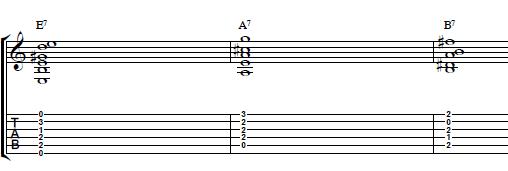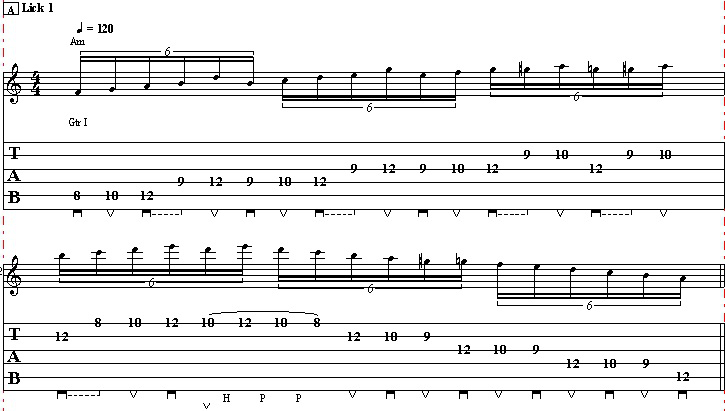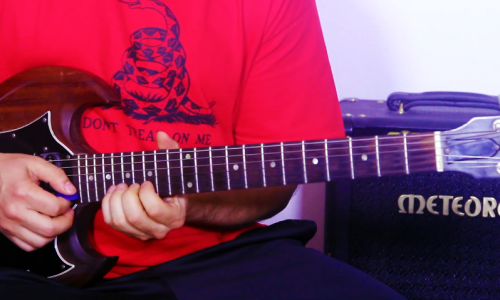
In this free lesson from Guitar Control instructor Jon MacLennan, demonstrates how to play the three very important blues chord shapes in the style of Eric Clapton. Jon teaches how to play these must-know blues chords over a 12 bar blues chord progressions. This is like the ABC of the blues and a must-know tool for any blues guitar player. Once you learn this kind of chord shapes in the style of Eric Clapton, you will be able to apply them on any blues song. And Jon, makes this lesson about blues chords so simple that even a beginner guitarist could play and have fun with it. We hope you get inspired to incorporate these ideas into your own playing.
Hey, how’s it going guys this is Jon McLennan with Guitar Control, bringing you this video lesson, today we’re going to look at a blues in the key of e, these chord shapes are the three very important chord shapes that Eric Clapton uses.
Check the image above to follow the chords and tabs.
I’ve learned a lot of his acoustic blues, every single song on the Unplugged Album and transcribed tons of his blues playing off to you tube and I found out that these three chords are use a lot of times for an e blues.
The first one, is you take your e chord zero, two, two, one, zero, zero, and add your pinky on the third fret of the second string and it becomes an e7. One of the things about this blues is that all the chords are dominant seventh chords, so there’s your e7 and then we’re going to go to an a7 a lot of times. I’ll just play it with one finger and then you take either your third or your second finger if you want. I like my third to play this a7, and then I add a g note on the high string of the third fret so it becomes e7 and a7.
The last chord we’re going to play is a b7, and this is a pretty stock chord sometimes you’ll be able to do this as well, which is a puts low f sharp in the bass that’s a little bit more of Robert Johnson. Let’s see if we can try putting those three chords together in the 12 bar blues in the key of e, and we’re just going to play rhythm so here we go. Don’t forget to subscribe on our You Tube Channel and we’ll see you in our next video lessons, thanks for watching.



